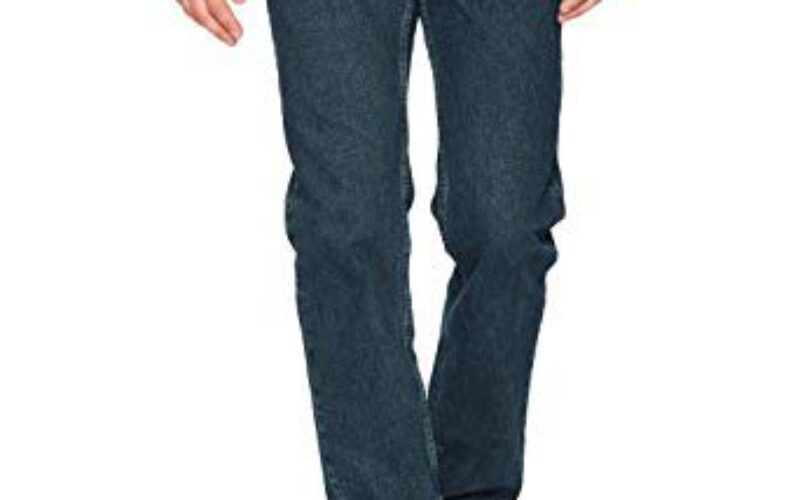Q. I ordered a few pairs of Levi’s recently and my wife said they fit much better than in the past. I wondered why and she pointed out that they have stretch fabric. I didn’t think that Levi’s 501’s would, but then I saw that the label said all 3 pairs had 1% elastane, and one also had 30% Lyocell. Is this a new industry standard and/or is it really correct for blue jeans?
A. Adding “stretch” to men’s clothing is definitely a growing trend. This is neither the polyester look of decades gone by nor the unfortunate sweatpants and loungewear that has become increasingly popular. Stretch clothes range from the subtle percentages that you mention and that are generally unnoticeable, to high percentages or even full synthetics that I would not recommend for anything short of a windbreaker.
To explain a bit, elastane, also called spandex or Lycra, is a synthetic fiber known for its exceptional elasticity. If the jeans look good and feel good, there is no reason for you to hesitate with that choice. Certainly, in suits and blazers the fabric rules of the last 50 years are generally the same. The closer the fabric comes to 100% all-wool, cashmere, cotton, or sometimes silk, usually the better quality the garment is likely to be. Which one of these fabrics to choose is most often a seasonal decision. Other factors that influence your choice besides the weather concern the formality of the occasion, the quality you prefer, and what you can afford.
Even here one may find small percentages (under 5%) of elastane in a fine summer blazer but they are by far the exception. Paul Stuart has a $3800 tan suit with 98% wool and 2% elastane . . . the good news is with the season now over, it is on sale for a mere $1600.
Returning to jeans and trousers, “synthetic” is not necessarily a bad word. Turnbull & Asser have trousers at $900 (!) with 33% polyamide and 5% elastane added to 62% cotton. So, the percentages of synthetic fibers are certainly increasing in trousers. For the most part these are not noticeable. That said, generally, the more dressy the trousers are, the more likely they are to follow the same mostly-natural fabrics that one sees in suits.
Interestingly, while casual shirts often are a mix of synthetic and non-synthetic fibers, dress shirts rarely are. They usually come in all-cotton, all-linen, or cotton mixed with linen. In fact, a man wearing high-end stretch trousers is still likely to pair them with an all-cotton, high-quality shirt. One reason may be that a small percentage in one’s trousers will still be comfortable, while a polyester shirt will not “breathe” and will make most men sweat.
A small amount of synthetic is not generally recognized by anyone and, therefore, does not give the impression that your clothes are low quality, nor designed for weight gain. However, for the man who has added a bit of weight distribution with age (say, 95% of older men), it can often create the better look and the much better fit that your wife described.
Please send your men’s dress and grooming questions and comments to MALE CALL: Lois.Fenton@prodigy.net









